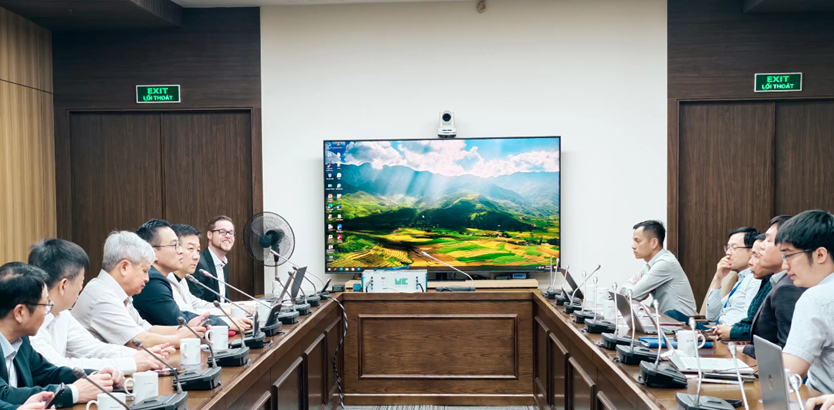When planning a camping trip, outdoor enthusiasts often focus on gear, location, and weather conditions. However, one aspect that is frequently overlooked is the color of the tent. Surprisingly, the hue of your shelter can significantly influence the presence of bugs, particularly mosquitoes and other insects that can disrupt your outdoor experience. In this article, we will delve into the science behind color perception in insects, explore which tent colors attract bugs the most, and offer practical advice for choosing the right tent color for your next adventure.
Understanding Insect Vision
To comprehend how tent colors affect bug attraction, we must first understand how insects perceive color. Unlike humans, who have three types of color receptors (cones) in our eyes, many insects possess compound eyes that allow them to see a broader spectrum of light, including ultraviolet (UV) wavelengths. This means that certain colors may appear more vibrant or appealing to them than they do to the human eye.
Research indicates that insects are particularly attracted to darker colors, such as black and dark blue, as these hues tend to absorb more heat and light. This absorption can create a warmer microenvironment, which is appealing to cold-blooded insects. Additionally, certain colors, like yellow and white, can reflect UV light, making them more visible to insects that are drawn to these wavelengths.
The Bug-Attracting Colors
- Dark Colors (Black, Navy Blue, Dark Green): As mentioned, darker colors are more likely to attract bugs. Mosquitoes, in particular, are drawn to dark shades because they provide a stark contrast against the natural environment, making it easier for them to spot potential hosts. If you’re camping in an area known for high mosquito populations, it’s advisable to avoid tents in these colors.
- Bright Colors (Red, Orange, Yellow): While bright colors can be visually appealing to humans, they can also attract certain insects. For example, yellow tents may attract bees and wasps, while red can draw in some species of flies. If you’re camping in an area where these insects are prevalent, consider opting for more muted tones.
- Light Colors (White, Light Gray, Beige): Light colors tend to be less attractive to bugs compared to darker shades. However, they can still reflect UV light, which may attract some insects. If you’re looking for a balance, light colors can be a good option, especially if you’re camping in warmer climates where heat absorption is a concern.
Practical Tips for Tent Color Selection
When selecting a tent color, consider the following practical tips to minimize bug attraction:
- Research Local Insect Populations: Before your trip, research the types of insects commonly found in your camping area. This knowledge can guide your choice of tent color. For instance, if you’re camping near water sources, where mosquitoes thrive, opt for lighter or muted colors.
- Choose Earthy Tones: Tents in earthy tones like olive green, tan, or brown can blend into the natural environment, making them less conspicuous to insects. These colors can help reduce the likelihood of attracting bugs while still providing a visually appealing option for campers.
- Consider Tent Features: In addition to color, consider other tent features that can help deter bugs. Look for tents with built-in insect screens, sealed seams, and other protective measures that can create a barrier between you and unwanted pests.
- Use Bug Repellents: Regardless of your tent color, using insect repellents can significantly reduce bug attraction. Apply repellents to your skin and clothing, and consider using citronella candles or other natural deterrents around your campsite.
Conclusion
The color of your tent can play a crucial role in attracting or repelling bugs during your outdoor adventures. By understanding the science behind insect vision and choosing the right tent color, you can enhance your camping experience and minimize unwanted encounters with pests. Remember to consider local insect populations, opt for earthy tones, and utilize additional protective measures to ensure a comfortable and enjoyable trip. With the right preparation, you can focus on enjoying nature rather than swatting away bugs. Happy camping!









+ There are no comments
Add yours